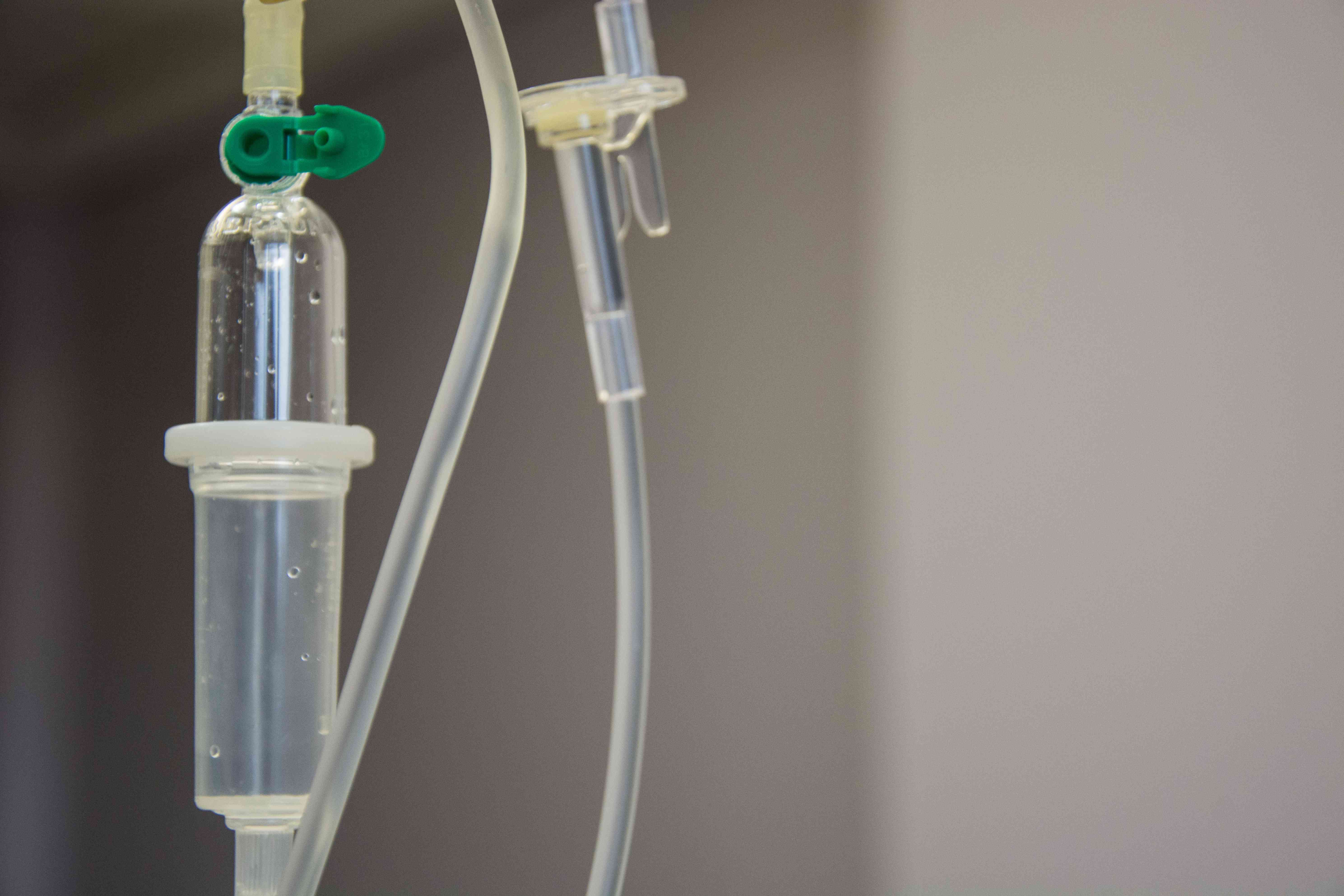8 Feb, 2022
A Guide to Contrast Agents for MRI Scans

An MRI scan is a safe and effective way to see what's going on inside your body, and usually the images produced are clear and detailed. However, sometimes, your doctor will ask you to have a contrast agent administered via an IV, to enable them to gain more defined images of certain body parts.
What are contrast agents?
Contrast agents are chemical substances injected into the body, which improve the quality of MRI images in some scans. They do this by temporarily distinguishing, brightening, or contrasting selected areas of the body from the surrounding tissues, which improves visibility.
The kidneys will get rid of the substance from your body after your scan. If you have impaired kidney function or are pregnant, you may not be a suitable candidate for a contrast agent injection.
Which contrast agents are used for MRI scans?
Gadolinium-based contrast agents are most commonly used for MRI scans. The contrast agents consist of complex molecules, made up of gadolinium ions and a carrier molecule, also known as a chelating agent. These chelating agents are important, as they prevent the gadolinium from being toxic to humans, but still allow it to be effective in enabling clearer MRI images.
Gadolinium alters the magnetic properties of the water molecules in your body, which can be better picked up by the magnets in an MRI scanner.
Which MRI scans require contrast?
Only 1 in 3 MRI scans usually require contrast agents. Contrast media improves the visibility of blood vessels, blood supply, tumours and inflammation.
Gadolinium-based contrast agents can be used to enhance internal organs (heart, lungs, liver, kidneys, uterus, bladder, etc), the stomach and intestines, arteries and veins, muscles, fat, skin, brain and breasts. However, contrast agents are not always necessary for adequately defined images.
Are contrast agents for MRI safe?
Contrast agents can have some mild side effects, like a temporary warming sensation, dizziness, nausea or headache, but these effects subside quickly. In rare cases, an allergic reaction can take place, but this usually manifests as a skin rash which is treatable at the time of the scan.
Gadolinium-based contrast agents are not recommended for pregnant women, but in some cases the benefit of diagnosis using a scan with contrast outweigh the risks to the mother and the growing baby.
If you have a history of kidney problems, such as kidney disease, failure or transplant, it is unlikely you would be recommended a contrast agent. This is because the kidneys are vital in getting rid of the contrast agent from your body after your scan.
There is also a rare complication called nephrogenic systemic fibrosis (NSF) which can occur in some patients with severe kidney disease if gadolinium-based contrast material is used. NSF presents as a thickening of the skin, organs and tissues. To minimise this risk, patients with kidney problems would not usually be advised to have a contrast agent, and bloodwork is required before an MRI with contrast in order to check the kidney function is normal.
How long does it take for MRI contrast dye to leave the body?
If you have normal kidney function, most of the contrast agent will leave your body through your urine within 24 hours. Some tiny traces of gadolinium may be retained in some organs after an MRI, but there are no known negative effects of this.
Do you provide contrast agents for your scans?
We do provide contrast agents for certain MRI scans. This will require blood work from your GP before your scan, to ensure you have normal kidney function and are a suitable candidate for the gadolinium-based contrast injection.
What is the additional cost of a contrast agent for MRI?
A contrast injection has an additional cost of £150, which is chargeable after your consultation with us, rather than at the time of booking. This is so that our expert clinicians can determine whether a contrast agent is necessary for your scanning requirements.
Next Steps:
- Book an MRI scan near you. It's quick, easy and affordable.
- Visit our news page for more information about diagnostic imaging.
Sources used:
https://www.insideradiology.com.au/gadolinium-contrast-medium/
https://www.radiologyinfo.org/en/info/safety-contrast
https://www.nhs.uk/conditions/mri-scan/what-happens/
https://www.ncbi.nlm.nih.gov/books/NBK482487/
https://www.nationaljewish.org/conditions/tests-procedures/imaging/mri-intravenous-contrast-information#:~:text=